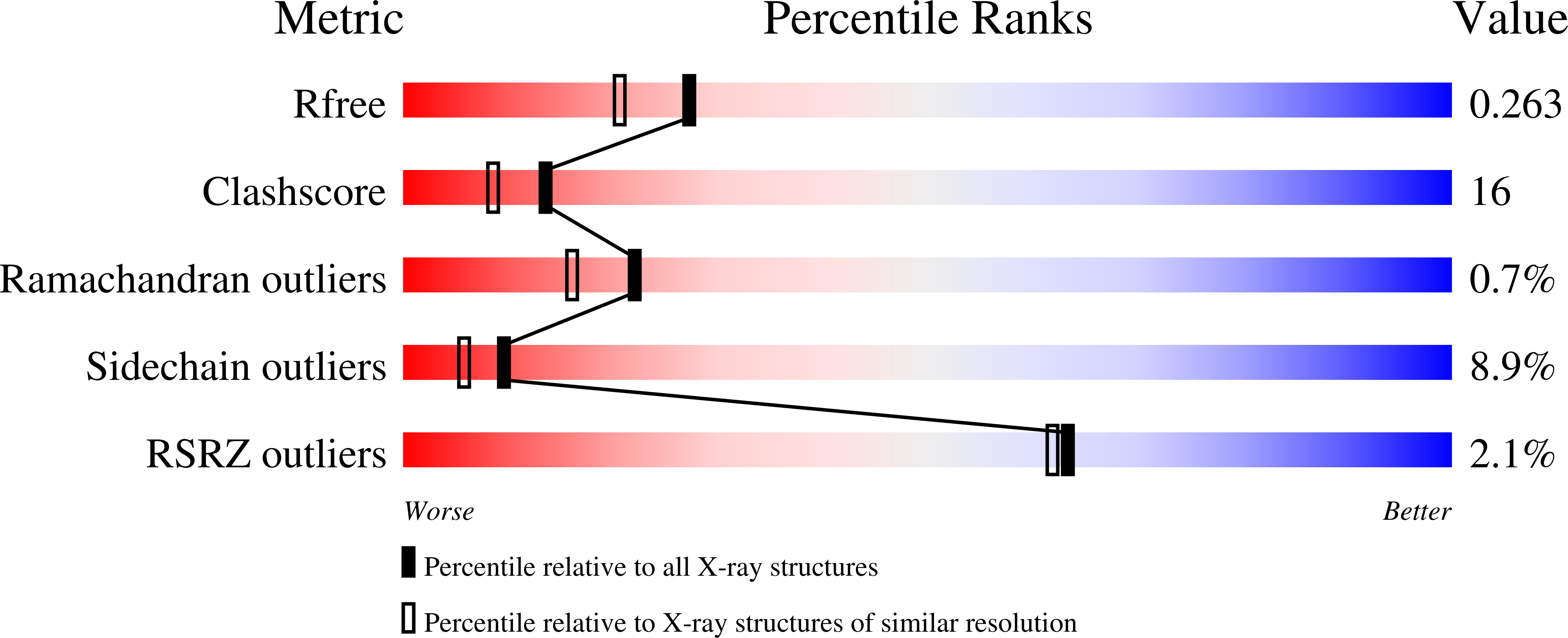
Deposition Date
2002-08-22
Release Date
2003-08-19
Last Version Date
2024-05-29
Entry Detail
PDB ID:
1MI8
Keywords:
Title:
2.0 Angstrom crystal structure of a DnaB intein from Synechocystis sp. PCC 6803
Biological Source:
Source Organism:
Synechocystis sp. (Taxon ID: 1148)
Host Organism:
Method Details:
Experimental Method:
Resolution:
2.00 Å
R-Value Free:
0.26
R-Value Work:
0.21
R-Value Observed:
0.22
Space Group:
P 32 2 1


